Wynarka suitcase murder: One phone call helped identify Khandalyce Kiara Pearce’s remains
IN the end, as Major Crime detectives were optimistically hoping, it came down to just one phone call to provide the crucial breakthrough. Vital clues that led to breakthrough
SA News
Don't miss out on the headlines from SA News. Followed categories will be added to My News.
- MAIN REPORT: Now the hunt for an evil killer
- KEY QUESTION: Why was the missing persons report withdrawn?
- REACTION: Wynarka residents relieved for a ‘little angel’
- THE HIDING SPOT: Belanglo, the forest of nightmares
IN the end, as Major Crime detectives were optimistically hoping, it came down to just one phone call to provide the crucial breakthrough.
The caller — the 1267th to contact the Crime Stoppers hotline with information in the baffling Wynarka case — came a fortnight ago.
It was Thursday, October 8, when a person rang and told police they had not seen either Karlie or Khandalyce for some time and believed they were missing. The person knew the pair fairly well.
Just as detectives had done on literally dozens of occasions since July 14 — when Khandalyce’s tiny skeleton was found near Wynarka — after receiving such information from a caller they started searching for medical and other records in an effort to ascertain if she was still alive.
Crucially, detectives obtained Khandalyce’s medical records from the NT which showed she had been immunised when she was 18 months old. But that was it.
Since that important encounter with the health system her file was literally blank. Likewise, there were no records of her attending childcare or school anywhere in Australia.
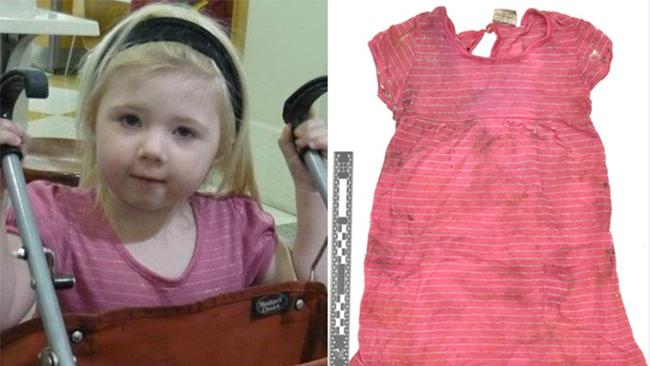
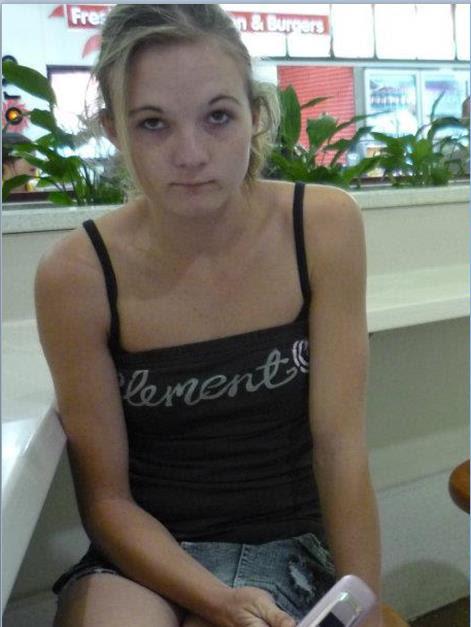
It was just the intelligence — or rather lack of — that detectives had been looking for in their three-month long quest to identify the murdered girl.
DEVELOPMENT 1: Police confirm Wynarka victim was little girl
DEVELOPMENT 2: Quilt shop owners quizzed over key clue
DEVELOPMENT 3: Five clothing labels that could help find the killer
Major Crime officer-in-charge Detective Superintendent Des Bray said that initial call sparked many, many hours of footslogging by detectives to build on the information provided by the caller.
“It was a start, a good start. The caller’s information was pretty specific,’’ he said.
He said a second important call to Crime Stoppers — number 1271 — a short time after the initial one provided more vital information. It came from an associate of the first caller.
As a result of those calls a detective managed to locate an associate of Karlie’s in Adelaide. It was a watershed in the case. By chance, the person had had contact with Karlie and Khandalyce at Marion shopping centre in November, 2008, shortly after she left Alice Springs.
Crucially, photographs of Khandalyce were taken when they met. They were gold for the investigation. In them, she was wearing a pretty pink dress. That same dress was one of the 50 or so items of clothing found in the suitcase with her remains.
One of the Crime Stoppers callers also gave police photographs of Khandalyce in a pusher. In the pusher was the distinctive homemade quilt that was also found in the suitcase.
“When we saw the photographs of the little girl in the stroller we thought it was the dress,’’ Det. Supt. Bray said.
“Then the quilt was in another photo. We then thought it was her but we had also had some pretty strong leads prior to this that had amounted to nothing.’’
Tragically, just as police suspected the quilt was made by someone who loved the little girl. It was made by Khandalyce’s grandmother who sadly passed away after the pair left Alice Springs in late 2008.
Det. Supt Bray said the family circumstances proved police theories were correct.
“We knew from the start that quilt was made by someone who loved her and who gave it too her. Tragically, the lady who made the quilt had died.
“Had she been alive I am sure she would have rung up and said “that is definitely my quilt”.
While they had the photographic evidence linking Khandalyce to the quilt and dress in the suitcase and were confident they had finally identified the skeletal remains, absolute confirmation came when a blood sample from her medical records was analysed at the SA Forensic Science Centre.
It matched the partial DNA profile that had been extracted from the bones. Blood samples from her mother were also used to develop a DNA profile — which also yielded the breakthrough in the Belanglo State Forest case that had been under investigation by the NSW Homicide Squad since late 2010.
Det. Supt. Bray said that development was significant, it was not totally unexpected.
“We have been working with NSW police since day one on this and once we identified the child, we though it was a good chance with their remains,’’ he said.
“We confirmed it quite quickly. And equally we were quick to dismiss that it was linked with any previous murders.’’
And while her remains were found in the Belanglo State Forest, detectives suspect that may prove to be a red herring to focus their attention there.
“The circumstances of her death are yet to be confirmed and we have theories. We suspect Belanglo is something to throw us off track,’’ he said.
While today was significant, Det. Supt. Bray said it was not a day “of celebration’’.
“It is a day of great sadness, the family has been delivered devastating news. Their life will never be the same again and there is nothing we can do to minimise that for them,’’ he said.
“The only good thing to come out of this job so far is the fact we have located 180 children who were potentially at risk and we have made sure they are safe.’’

While it is only speculation at this time, it is highly likely both Karlie and Khandalyce were killed within a small time frame. Detectives know the child’s remains were stored somewhere for a considerable time. Just why they were eventually shifted and then dumped off the Karoonda Hwy in the Murray Mallee remains a mystery.
While identifying Khandalyce — and tragically her slain mother at the same time — is a major breakthrough, it marks just the start of the real investigation.
Whoever killed both in a brutal, horrific manner and callously dumped their remains is still free.
Just as public assistance was crucial in eventually identifying mother and daughter, it is likely to be a significant factor in identifying the monster responsible for their deaths.
Pictures provided vital clues
THEY are the two photos that helped unlock two tragic mysteries.
The first one, a picture of a happy little girl wearing a pink dress identical to that found with the remains of a girl dumped in a Lanza suitcase on the side of the Karoonda Highway near Wynarka.
It had been taken at Marion Shopping Centre in early November, 2008.
The second was a photo of the same girl, this time pictured with a distinctive homemade quilt that was also recognisable as the one dumped with the girl’s remains.
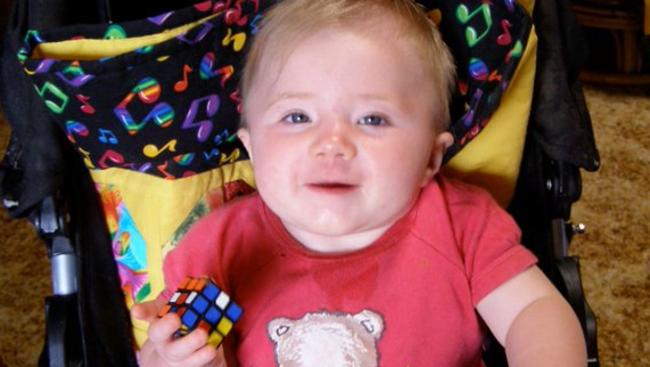
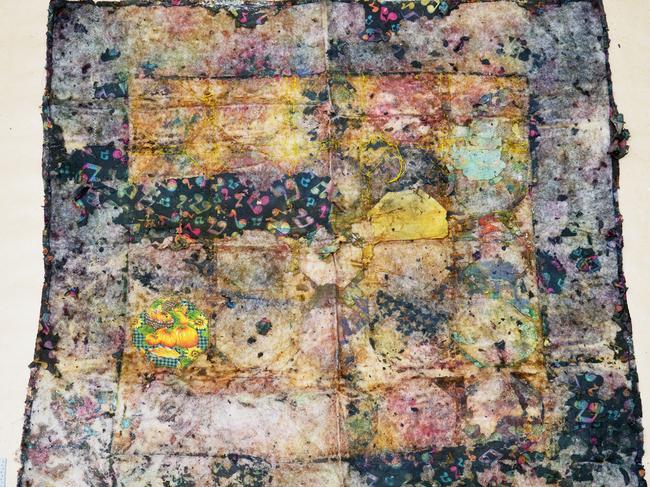
The quilt, bearing a musical note pattern with various patches sewn into it, had been made with love by the girl’s grandmother, who has since died, and became synonymous with the search for her identity.
The photo was passed on to police following the 1271st call to Crime Stoppers on the case and allowed detectives to narrow their focus on the little girl in the photos, Khandalyce Kiara Pearce.
DNA profiles were then able to be developed from blood samples and the matches were made — not only for Khandalyce but also for her mother Karlie Pearce-Stevenson, whose remains had been discovered five years earlier in the Belanglo State Forest but had never been identified.
The pink dress and homemade quilt were among about 50 items found with the suitcase that offered clues into Khandalyce’s identity.
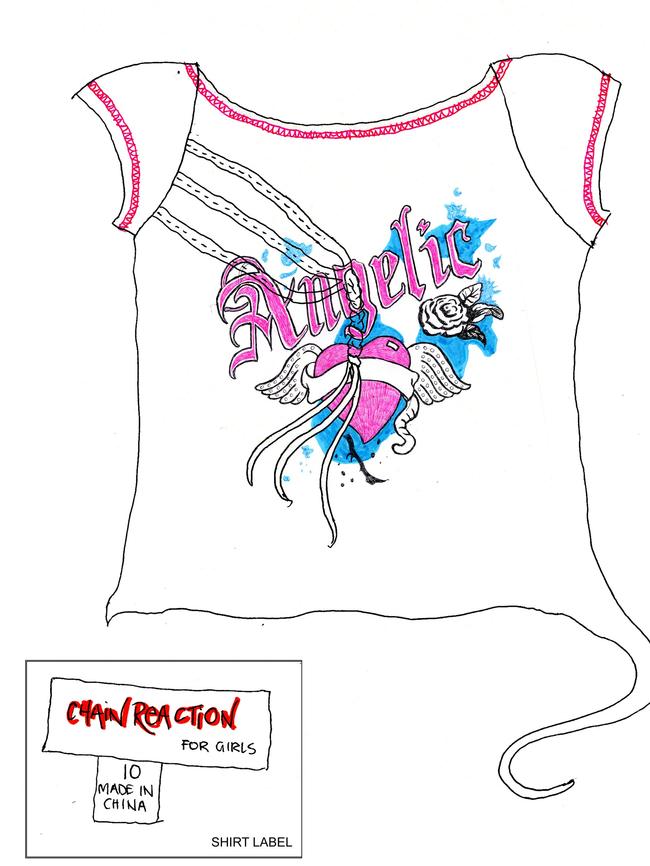
Among the others were a tutu dress, of which only 28 were sold at Cotton On Kids stores in South Australia, a Dora the Explorer top, pink pants, a woollen coat and distinctive pyjama shorts.
Police digitally recreated the quilt to jog the memories of anyone who may have known the victim and, ultimately, it worked.
In a sad twist, similar recreations were used in an effort to identify Ms Pearce-Stevenson’s remains following the discovery in August 2010.
A T-shirt with a distinct motif featuring the word ‘Angelic’ was found with her remains, leading to her being referred to as ‘Angel’. An artistic impression of the T-shirt was later released by New South Wales police as they worked to identify her.
When Ms Pearce-Stevenson’s remains were still unable to be identified more than a year later, a computer-generated image of her face was released in December 2011.
DNA on frontline of solving puzzle
IT has taken about three months for forensic scientists to find a DNA match for the bones of a little girl found on the side of a highway in the Murray Mallee.
Forensic Science SA (FSSA) discovered the bones belonged to Khandalyce Kiara Pearce, but the breakthrough would not have been possible without scientists being pointed in the right direction by an old-fashioned public tip. It was information from a Crime Stoppers call that led scientists to check DNA extracted from the bones against Khandalyce’s medical records.
The match also led to a breakthrough in the murder of her mother, Karlie Jade Pearce-Stevenson.
Blood samples from Ms Pearce-Stevenson’s medical records were used to develop a DNA profile.
This was sent to NSW police, who confirmed that they matched remains found in the Belanglo State Forest in 2010.
FSSA director Chris Pearman has previously told The Advertiser that finding a DNA match for the Wynarka remains was a difficult task given the nature of the bones.
He said early testing included extracting samples of the bones and applying the usual DNA analysis.
“Previous research undertaken at Forensic Science SA on extracting DNA from bones assisted with our approach in this case,” he said in September. ‘Testing of the DNA extracted so far has shown it to be quite degraded.
“This dramatically reduces the amount of usable DNA available for use when employing our mainstream technology.’’
He said FSSA and staff from the University of Adelaide’s Australian Centre for Ancient DNA had been applying advanced forensic DNA techniques to help piece together the child’s DNA profile.
— Meagan Dillon




